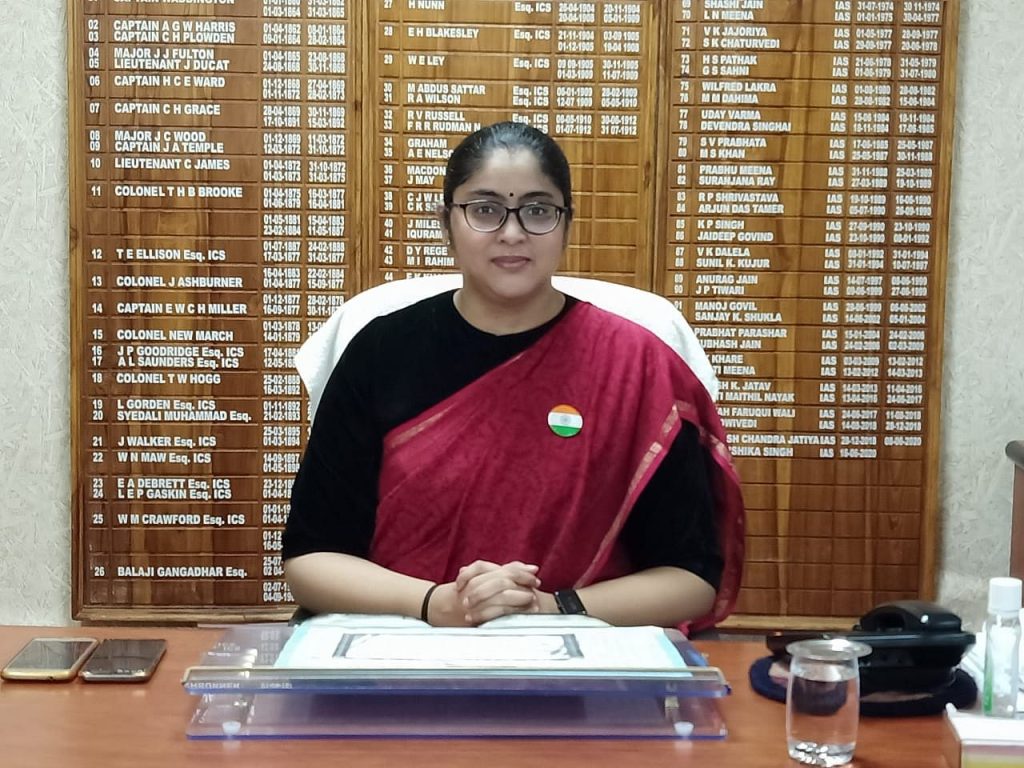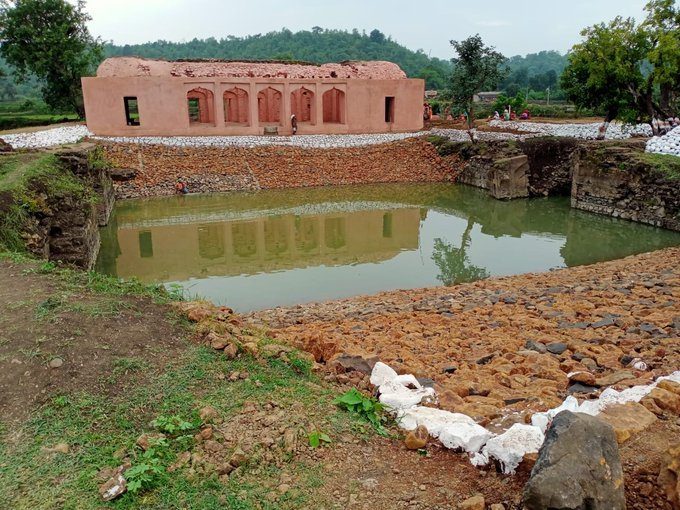We have been reading about the limited source of fresh water; that while 70% of the earth is filled with water, only 2% can be used for drinking and other human needs. So, it is important to conserve water for a safe future because the water treasure is not infinite. Now what with unpredictable climate changes, droughts and irresponsible use of water, the mantra of ‘water conservation’ has assumed a more urgent tone.
In fact, all around us there are many ancient water bodies system which have disappeared due to various reasons. If revived, those water bodies could be a great source for fresh water and would also solve the water scarcity issue.
The same is true for the Mandla district of Madhya Pradesh. Here, many ancient water sources have either disappeared or are lying in a bad shape.
The district collector of Mandla Ms. Harshika Singh has taken it upon herself to revive 11 such water bodies. Within next two-three weeks, all of them will be open for use.
During a conversation with Indian Masterminds, Ms Singh, a 2012-batch officer of Madhya Pradesh cadre, spoke about how her team rejuvenated a water body that was part of ancient Gondwana region and which was constructed around 17th century.
REVIVAL TASK UNDER MANREGA
Some parts of Maharashtra, Madhya Pradesh and Chhattisgarh formed the ancient Gondwana region, which was home to Gondi people, one of the largest tribal groups of Indua. Many kingdoms ruled this area. Various architecture structures in Mandla are said to be part of that period.
Under the leadership of Ms. Singh, a team is working on identifying all those historical sites and preserving these. “Mandal,’’ she said, “has lots of such historical structures. Our team has taken up a project to identify them, starting with marking their GPS location. While we were working on the workflow of the preservation task, we identified some 11 water bodies. Since Mandla is a very old district and we have its recorded history from 1860, some British era documents also mentioned them. With little research it was found that most of them are form early Gond period”.
She also mentioned that off late, these water bodies disappeared because of encroachment or growth of wild plants around it. The major task before starting the revival was to remove the encroachment because some water bodies lie in the population area as well.
The rejuvenation task of all these bodies is in last stage. However, one water source which is from 17th century has been revived fully.
Talking about it, she says, “The Baoli is in forested area of Simaria. According to some historical documents, Hridayshah, the king of Garha Kingdom who ruled the Gondwana, region built the structure and the baoli. He and various other kings used to stay there when they came to forest for hunting. The revival project of this place has been taken under MANREGA.”
Ms Singh also mentioned that the structure comes under Madhya Pradesh Archeological Department and therefore it became easy to take permission for the revival. After the revival, it will be great source of water for the people living in the nearby areas.



































